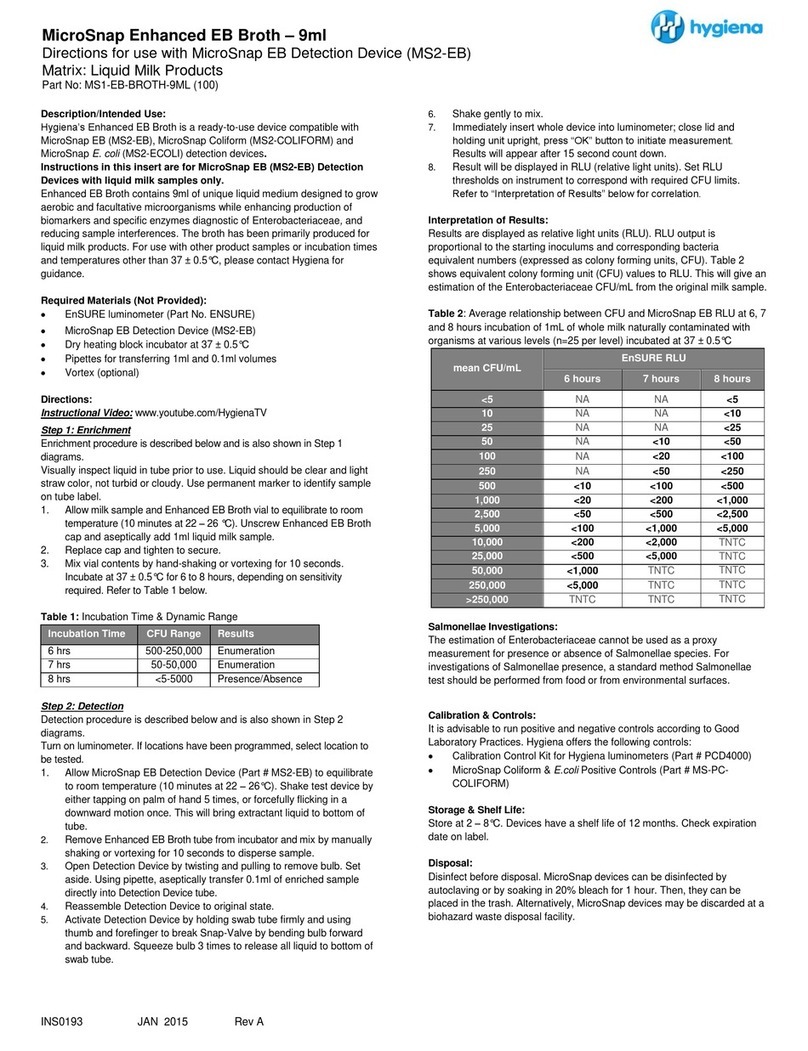Hygiena foodproof 2300 92 User manual
Other Hygiena Test Equipment manuals
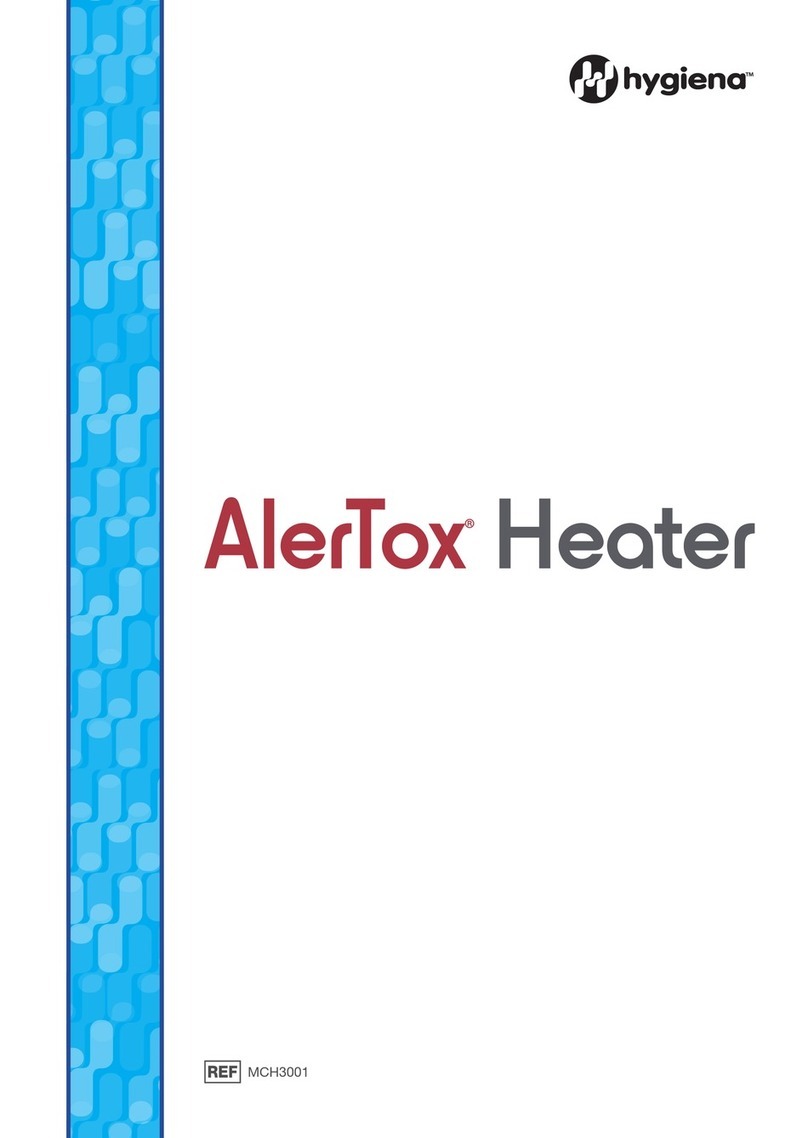
Hygiena
Hygiena AlerTox Heater User manual
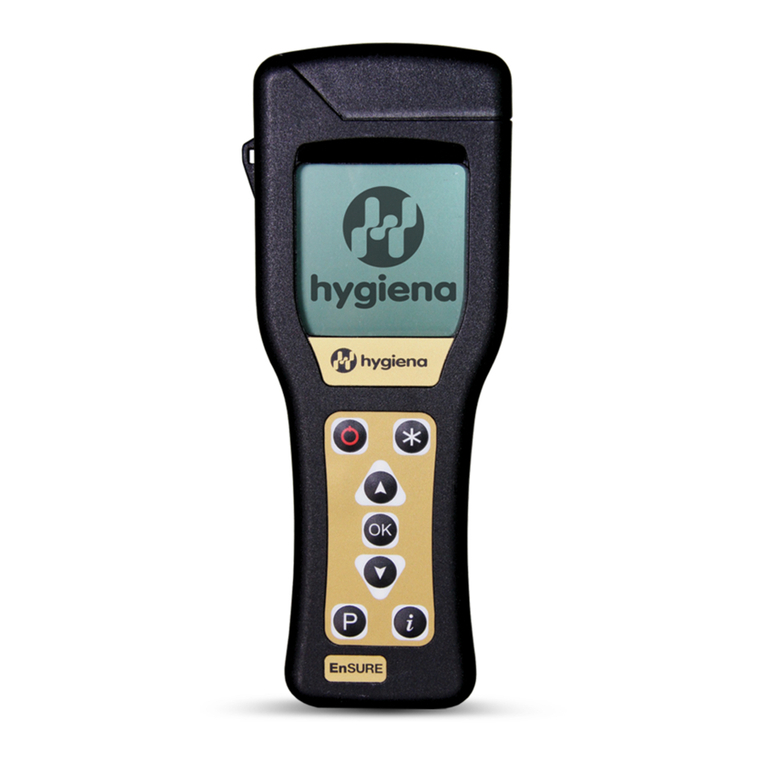
Hygiena
Hygiena CalCheck User manual
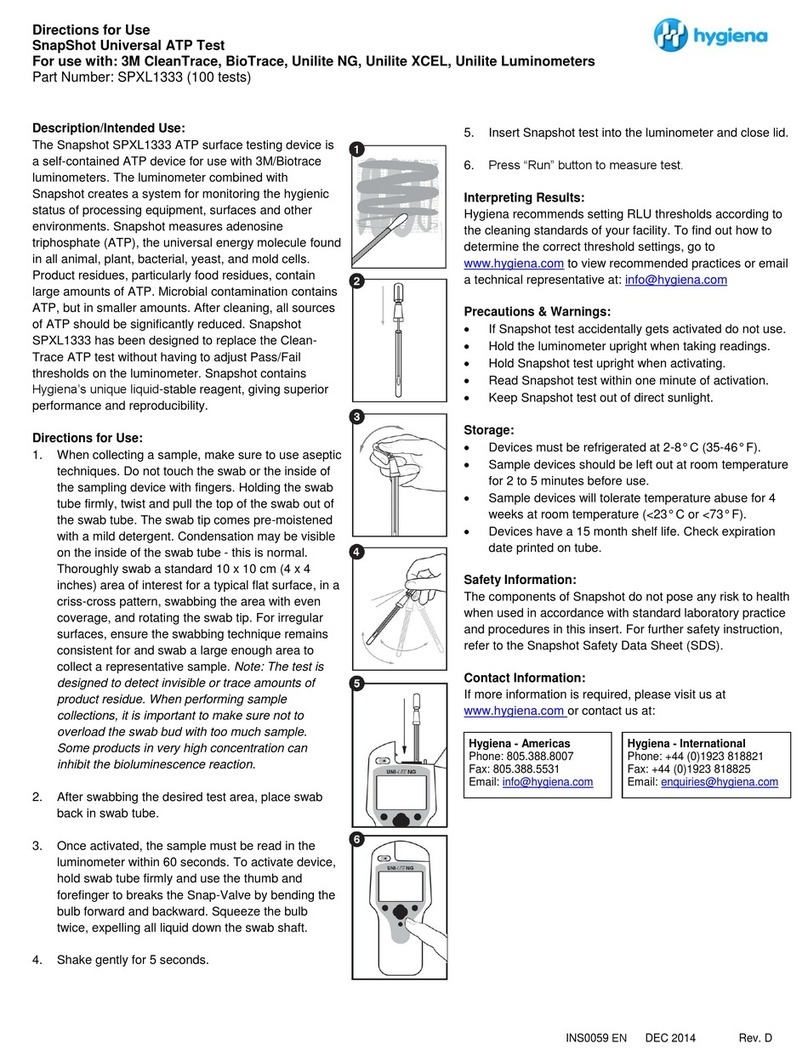
Hygiena
Hygiena Snapshot SPXL1333 Manual

Hygiena
Hygiena PCD4000 User manual

Hygiena
Hygiena Aquasnap Total Manual
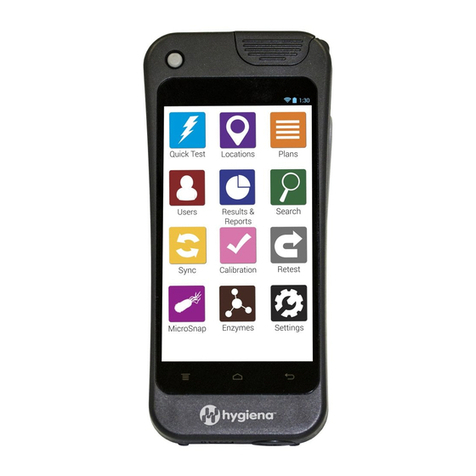
Hygiena
Hygiena EnSURE Touch User manual
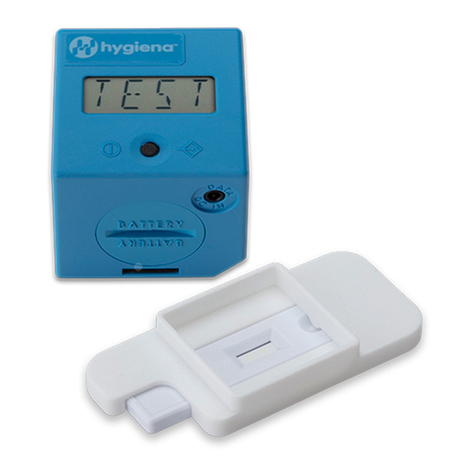
Hygiena
Hygiena Cube Operating instructions

Hygiena
Hygiena PCD4000 User manual
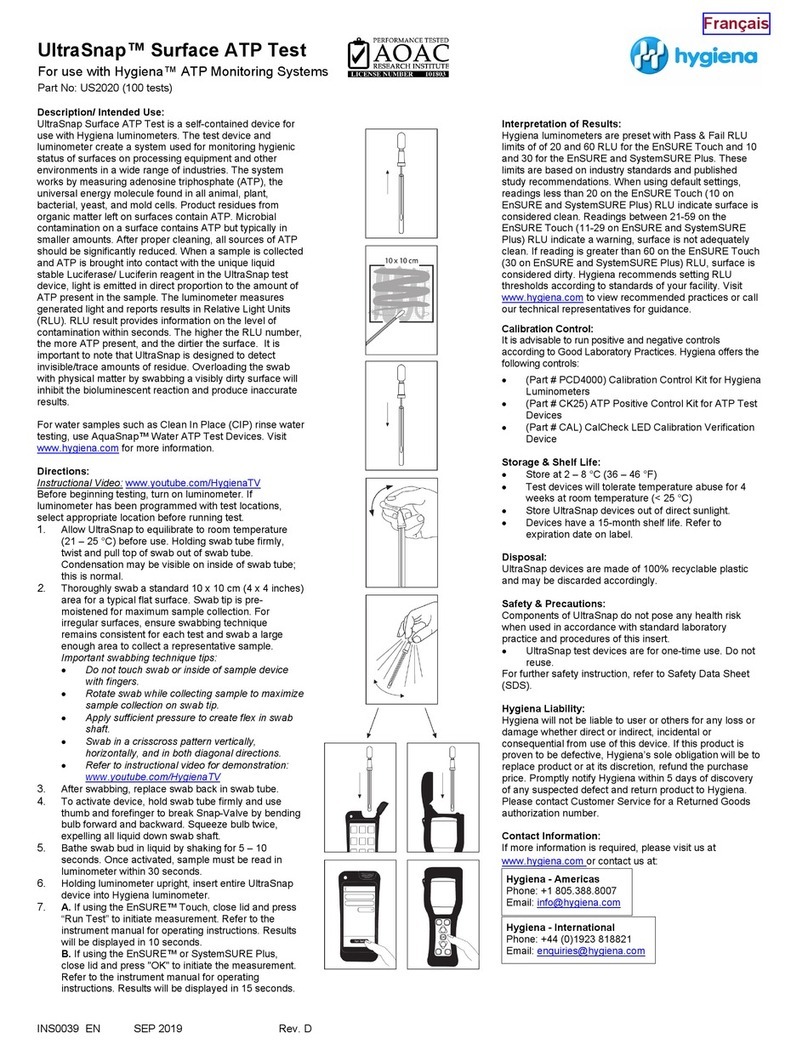
Hygiena
Hygiena UltraSnap US2020 User manual
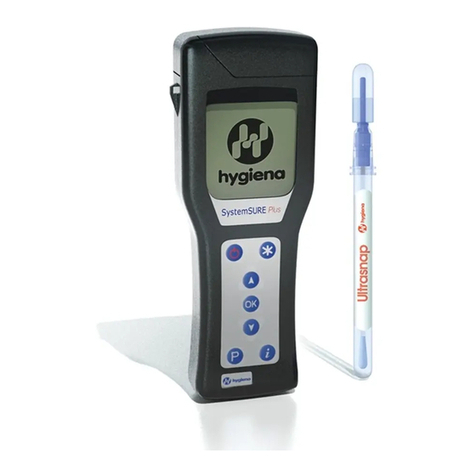
Hygiena
Hygiena SystemSURE Plus User manual
Popular Test Equipment manuals by other brands

Redtech
Redtech TRAILERteck T05 user manual

Venmar
Venmar AVS Constructo 1.0 HRV user guide

Test Instrument Solutions
Test Instrument Solutions SafetyPAT operating manual

Hanna Instruments
Hanna Instruments HI 38078 instruction manual

Kistler
Kistler 5495C Series instruction manual

Waygate Technologies
Waygate Technologies DM5E Basic quick start guide

StoneL
StoneL DeviceNet CK464002A manual

Seica
Seica RAPID 220 Site preparation guide

Kingfisher
Kingfisher KI7400 Series Training manual

Kurth Electronic
Kurth Electronic CCTS-03 operating manual

SMART
SMART KANAAD SBT XTREME 3G Series user manual

Agilent Technologies
Agilent Technologies BERT Serial Getting started
